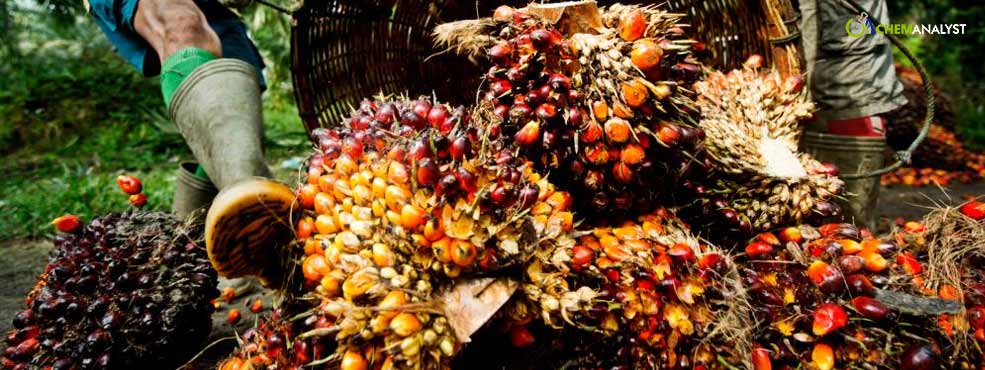Palm Oil Declines in Response to Weaker Competitor Edible Oils, Strengthening Ringgit
- 05-Mar-2024 3:13 PM
- Journalist: Sasha Fernandes
On Monday, Malaysian palm oil futures witnessed a decline, tracking the downward trend observed in rival edible oils and the strengthening of the ringgit currency.
Traders adopted a cautious approach, eagerly awaiting insights from an industry conference that commenced earlier in the day. The benchmark palm oil contract for May delivery on the Bursa Malaysia Derivatives Exchange experienced a decrease of 8 ringgit, or 0.2%, settling at 3,958 ringgit ($837.49) per metric ton by the midday break.
The 35th Palm & Lauric Oils Price Outlook Conference & Exhibition is currently underway in Kuala Lumpur, spanning from March 4th to 6th. Market participants are anticipating key insights on various aspects including rival soyoil trends, global supply-demand dynamics, palm oil price outlook, and potential challenges confronting the Malaysian palm oil industry.
In parallel, Dalian's most-active soyoil contract registered a decline of 0.14%, while its palm oil counterpart experienced a 0.37% drop. Meanwhile, soyoil prices on the Chicago Board of Trade remained relatively steady.
Palm oil prices are intricately linked with the price movements of related oils, as they vie for market share within the global vegetable oils sector. The fluctuations in Brazil's 2023/2024 soybean crop projections further contributed to market sentiment. While one projection cut its estimates, another forecast emphasized the challenges in accurately estimating soybean output due to varying methodologies and unpredictable weather patterns.
Additionally, the strengthening of the ringgit currency renders palm oil less appealing for foreign currency holders, exerting downward pressure on prices.
Market participants are closely monitoring any policy indications stemming from China's annual parliamentary meeting, set to commence on Tuesday. It is anticipated that China will unveil moderate stimulus plans aimed at stabilizing economic growth. Notably, China stands as the second largest buyer of palm oil globally, following India. Therefore, any policy decisions or signals emanating from China's parliament could significantly influence palm oil market dynamics.
There's a possibility that palm oil might challenge the resistance level at 3,992 ringgit per metric ton. A breakthrough above this level could potentially trigger a rise to 4,022 ringgit.
Palm oil, extracted from the mesocarp or reddish pulp of oil palm fruits, is a versatile edible vegetable oil utilized across various industries. Its applications span from food manufacturing and beauty products to biofuel production. Notably, palm oil constituted approximately 36% of the total oils derived from oil crops worldwide in 2014.
Increased demand for palm oil, driven by its utilization in cosmetics and biofuels, has exerted pressure on the supply chain. Consequently, this has stimulated the expansion of palm oil plantations in tropical regions.



